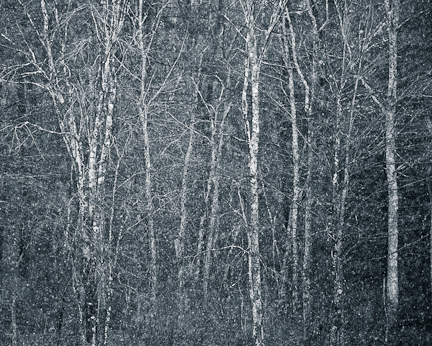I’ve been involved in a couple of conversations recently about the value of printing your work. With most of us now using digital in one form or another there’s an overwhelming temptation to let your photographs sit on the computer, or on the web in one place or another and not be printed.
There are a number of reasons that we could debate for printing – prints have historically been the archival record – when the house is burning down you’re not going to run in and save your server, network attached storage or desktop computer in the way that you might have saved the family photo album. I’m sure everyone has their work backed up both in the cloud and physical drives at a secure distant location so this is less of a concern.
I would argue that printing does make you a better photographer though, whether your intended output is for the web or not. Prints are less forgiving than web and so you have to get it right, sharp where sharp is needed and appropriate and a file that is large enough to support the print size which forces you to ‘get it right in camera’
Even though the cost of ink jet printers has dropped substantially and the resources for obtaining a good print increased in equal fashion, making it quite possible to make good prints yourself at home, there are a number of companies that will make the prints for you. I was experimenting with the print service from Artifact Uprising while I was in Japan recently.
As I mentioned previously I’ve been using my iPhone camera as a tool to help me break out of the rut that I’ve felt that I’m in. I thought that If I could take 250 images that I like over the course of the year it ought to be possible to cull those to make a 50 image book as a record of the year. I’d heard good things about Artifact Uprising and wanted to try them out before I got to the book stage.
One morning while I was in Japan recently I had a few moments to kill and so I uploaded 5 or so images that I’d posted to instagram to the artifact uprising site using their mobile app and ordered a pack of prints. The whole operation took less than five minutes. When I got home from Japan I had a stack of amazing prints (5×5) on really heavy paper stock that I could handout to friends and family and to have as a record of the trip.
Not big prints for sure but a fun way to get my images off my phone and for me to start to look at them and really think about how they work as images. Give it a go, you won’t be disappointed.










